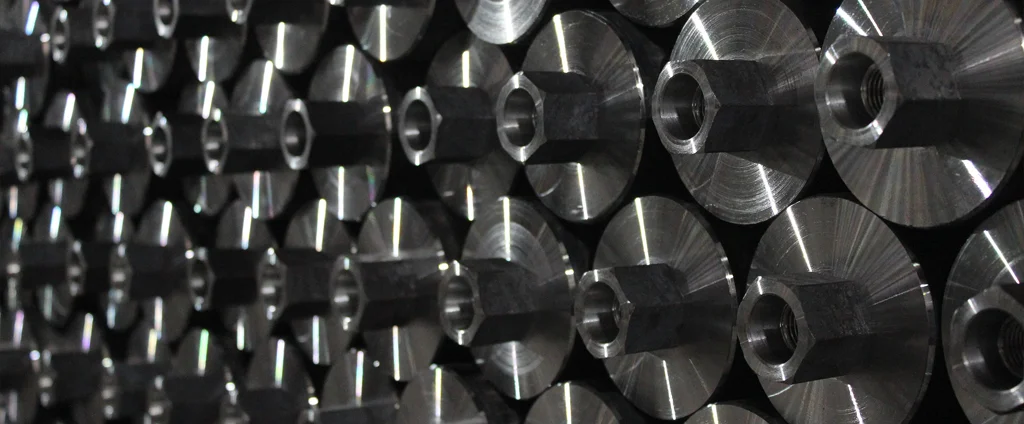SAE/AISI 1020 Carbon Steel (UNS G10200)

SAE/AISI 1020 carbon steel is a widely utilized low-carbon steel known for its good machinability, weldability, and affordability. It is commonly formed into components such as gears, shafts, bolts, and hydraulic fittings across automotive, structural, and machinery industries, where moderate strength and ease of processing are key requirements.
| Chemical Composition | ||
|---|---|---|
| Element | Min | Max |
| Iron | 99.08% | 99.53% |
| Carbon | 0.17% | 0.23% |
| Manganese | 0.30% | 0.60% |
| Phosphorous | —— | 0.04% |
| Sulfur | —— | 0.05% |
The following table provides a list of SAE/AISI 1020 properties in both SI and US customary/Imperial units.
Click on the button to switch between Metric and Imperial units.
| Physical Properties | Metric |
|---|---|
| Density | 7870 kg/m3 |
| Mechanical Properties | Metric |
| Tensile Strength (Ultimate) | 390 - 460 MPa |
| Tensile Strength (Yield) | 240 - 380 MPa |
| Young’s Modulus (E) | 200 GPa |
| Bulk Modulus (K) | 140 GPa |
| Shear Modulus (G) | 80 GPa |
| Elongation at Break | 15 - 30% |
| Poisson’s Ratio (ν) | 0.29 |
| Brinell Hardness | 110 - 130 |
| Thermal Properties | Metric |
| Thermal Conductivity | 52 W/m·K |
| Specific Heat Capacity (Cp) | 486 J/kg·K |
| Coefficient of Thermal Expansion (αL) | 1.17×10-5 1/°C |
| Electrical Properties | Metric |
| Electrical Conductivity | 6.38×106 S/m |
| Electrical Resistivity | 1.59×10-7 Ω·m |
The values in this table are approximate and can vary depending on various factors such as the specific manufacturing process and heat treatment applied to the alloy.
Advantages & Disadvantages of 1020 Carbon Steel
| Advantages | Disadvantages |
|---|---|
| Cost-effective | Low strength |
| Excellent machinability | Limited hardness |
| Good weldability | Corrosion susceptibility |
| Good formability | Limited heat treatment options |
Applications of 1020 Carbon Steel
Due to its mechanical versatility and cost-efficiency, 1020 carbon steel is used across numerous industries, including:
- Machinery components: Used in the manufacturing of machinery parts such as gears, shafts, couplings, and sprockets.
- Automotive components: Many automotive parts, including axles, crankshafts, and steering components.
- Structural applications: Utilized in the construction of structures such as buildings, bridges, and frames, where low strength and weldability are important.
- Fasteners: Commonly used in the production of fasteners like bolts, nuts, and studs.
- Hand tools and equipment: Many hand tools, such as wrenches, hammers, and screwdrivers.
- Agricultural equipment: Used in the manufacturing of equipment like plows, cultivators, and harvesters.
- Pipes and tubing: Suitable for manufacturing pipes and tubing in low-pressure applications.
- Bicycle frames: Sometimes employed in the construction of bicycle frames for its strength, ductility, and affordability.
